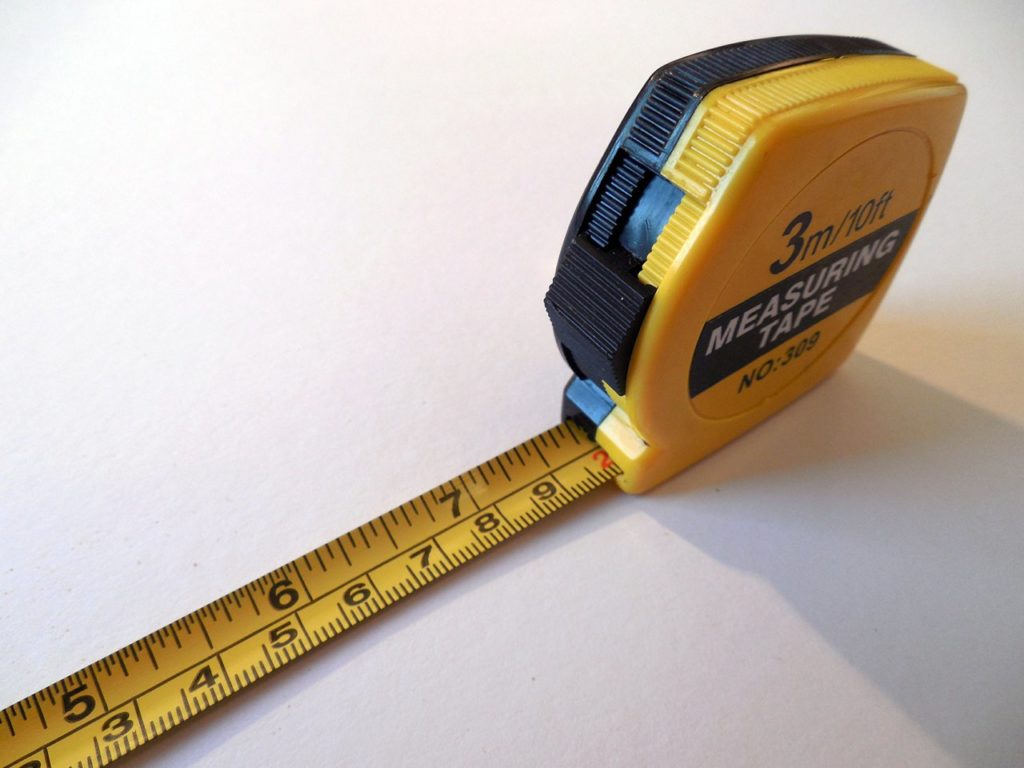
Communicating from a distance
Separated by 8,500 miles after our 1981 engagement called for creative, cost-effective communications. There was no Internet, e-mail, FaceTime, or texting. I sent regular microcassette tapes and letters, but heard nothing from Robert for five weeks. So I sent him a card with a clear message:
In sympathy for the loss of your pen.
Those five-minute messages he diligently recorded for me every night were all on the same tape—which he planned to mail when it was full. Can you imagine how long it takes an engineer and man of few words to fill a 90-minute tape?
Want to subscribe to receive blog updates sign up today!
Driving in New Zealand
A quiet country road should have been a safe place for this American to practice driving on the left side of the road. However, driving on a metal (gravel) surface made it more challenging.
After telling my husband of two days to drive in the middle tracks carved out by prior traffic, I suddenly yelled, “Pull left! PULL LEFT!” I had not told him that when oncoming traffic approaches, both vehicles slow down, and pull over to their left. So when a gigantic truck suddenly rounded the corner and sped toward us in the same center tracks we were in, Robert held to his position in the center.
Somehow amid my yelling and the imminence of a head-on collision, Robert finally pulled left. The truck flew by leaving a trail of dust and our shattered nerves behind him.
Cooking
When we were first married, Robert said he liked his pea soup thick and was surprised when I obliged with soup that was so thick you could stand your spoon up in it. We had enough left over to have re-fried soup for breakfast.
I made a flaming impression on Robert’s amateur radio friend and son when they came for dinner. Just as they arrived, the meal caught on fire and flames flashed from the oven. I avoided using the fire extinguisher and salvaged the dinner, but for some reason Jim wanted us to eat at his place after that.
“Goggling” on land (not a typo)
Robert has a trademark trick for avoiding the tears when cutting onions. He wears goggles!
In 1983, I submitted two photos of Robert for the Boston, Massachusetts Little People of America conference brochure—a funny one for the planning committee’s personal pleasure and a serious one for publication. But the committee shared the joke with everyone. In the gallery of national officers, Robert sported a snorkel and goggles in contrast to the formal attire of the other officers.
Talking a mile a minute
The morning after my 2013 Aortic Valve Replacement surgery, I was alert, the intubation tube was out, and I was asking for water and my glasses. When ICU staff sat me up, I was talking a mile a minute. Robert’s sister stopped me because my surgeon was standing at the door. He said I reminded him of his wife and declared Robert a saint.
The stories in this post are edited excerpts from “Pass Me Your Shoes” available on Amazon as an e-book and a 52% discount in print. Read more at https://angelamuirvanetten.com/pass-me-your-shoes/
DWARFISM TRILOGY VALENTINE’S SPECIAL: email me at angela@angelamuirvanetten.com to request all three books autographed—Dwarfs Don’t Live in Doll Houses, Pass Me Your Shoes, and Always an Advocate—for $20, plus $4.00 postage.




